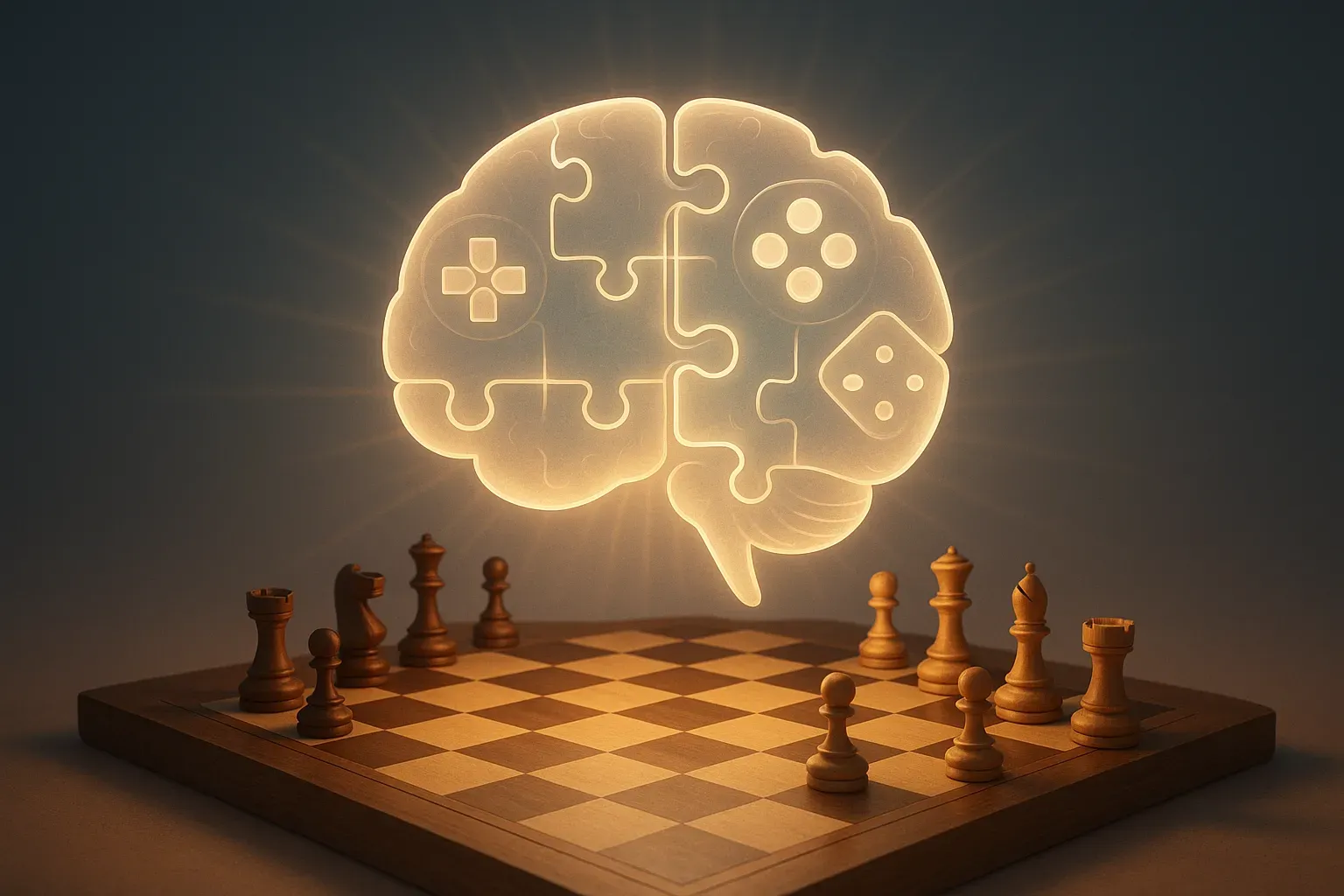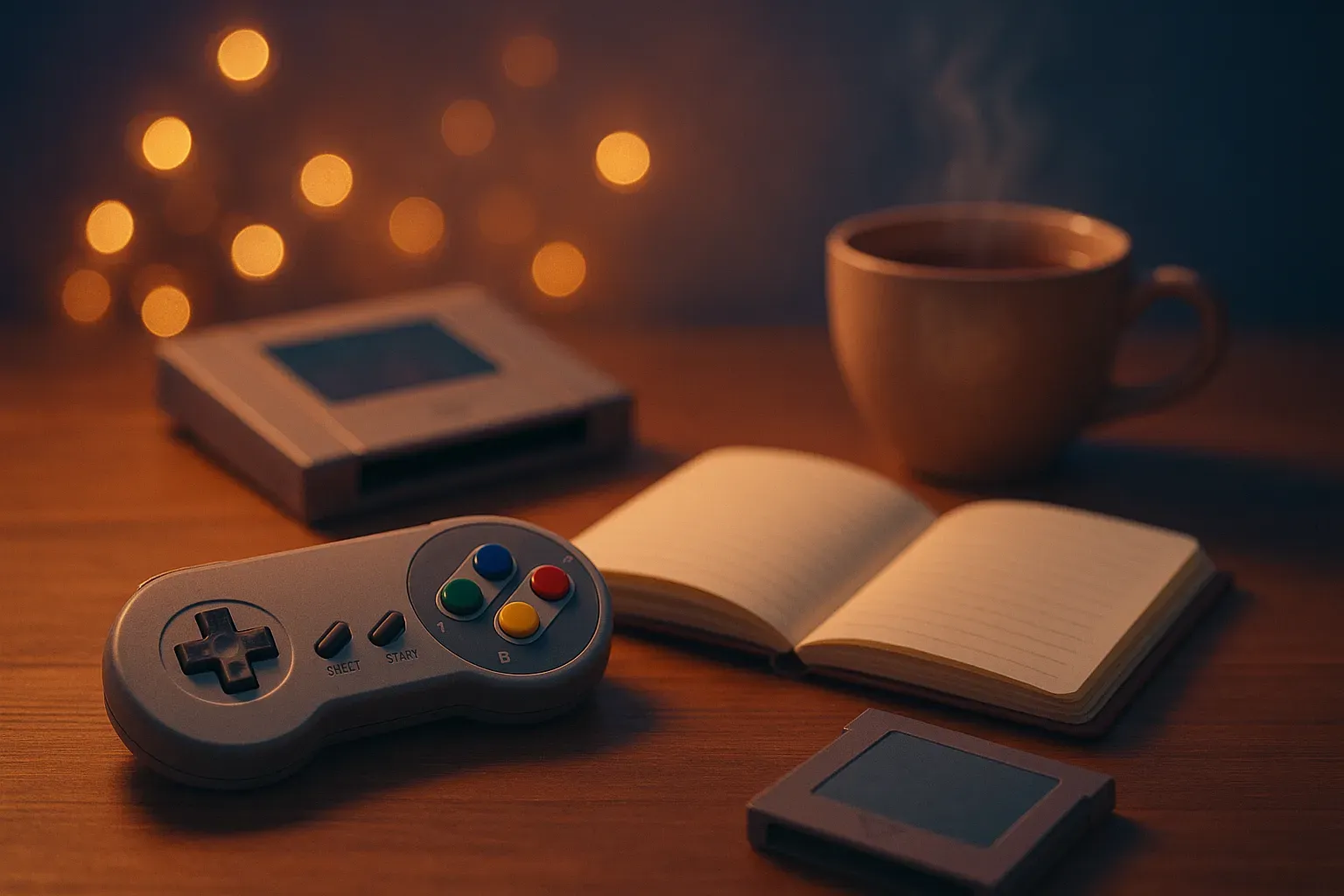6 Most Creative Enemy Designs in Gaming
Video game enemies can make or break a player’s experience, often defining the most memorable moments in gaming. This article explores some of the most ingenious and captivating enemy designs across various titles, drawing on insights from industry experts and passionate gamers alike. From cosmic horrors to clever plants, these adversaries showcase the boundless creativity in game design, challenging players in unique and unforgettable ways.
- Baldur’s Gate 3 Intellect Devourer Challenges Players
- Bloodborne’s Winter Lantern Embodies Cosmic Horror
- Plants vs. Zombies Cleverly Designs Intuitive Enemies
- EarthBound’s Giygas Transcends Traditional Enemy Design
- Returnal’s Severed Alien Duelist Impresses Players
- Demon’s Souls Mind Flayer Masters Psychological Warfare
Baldur’s Gate 3 Intellect Devourer Challenges Players
“Baldur’s Gate 3” shines with how grounded and unpredictable its enemies are. The Intellect Devourer stands out — small, strange, and far more dangerous than it looks. It forces you to think twice about every move. That kind of tension sticks with you.
 Bryan Philips
Bryan Philips
Head of Marketing, In Motion Marketing
Bloodborne’s Winter Lantern Embodies Cosmic Horror
“Bloodborne stands” out to me as the game with the most creative enemy design. FromSoftware didn’t just design monsters — they designed nightmares. Every enemy feels as if it clawed its way out of some ancient fever dream, combining Gothic horror, Lovecraftian terror, and unsettling anatomical mutations that make your skin crawl.
One particularly memorable enemy is the Winter Lantern.
Imagine a creature with a humanoid figure wearing a tattered Victorian dress, but instead of a head, it has a mass of exposed, pulsating brains covered in dozens of glistening eyes. It emits a haunting, opera-like song that seems almost beautiful — until you realize it causes frenzy, a status effect that drains your health alarmingly fast just by looking at it. You’re essentially punished for observing it, which is genius in a game that thrives on curiosity.
It’s not just creepy for the sake of horror; it plays with the core gameplay mechanic of observation and knowledge — both themes central to “Bloodborne’s” lore. That design choice makes the Winter Lantern more than a monster — it’s a metaphor.
 Marin Cristian-Ovidiu
Marin Cristian-Ovidiu
CEO, Online Games
Plants vs. Zombies Cleverly Designs Intuitive Enemies
One game that I always think about when it comes to creative enemy design is “Plants vs. Zombies.” It’s a simple tower defense game, but the way they designed the enemies, the zombies, is just brilliant.
They manage to be funny, distinct, and immediately understandable in terms of their abilities.
What makes them so creative is how their appearance directly tells you what they do. Take the Pole Vaulting Zombie, for instance, which I found particularly memorable.
When you first see him, he’s got this long pole and a determined look. You instantly know he’s going to jump over your first plant, and that’s exactly what he does.
 Shantanu Pandey
Shantanu Pandey
Founder & CEO, Tenet
EarthBound’s Giygas Transcends Traditional Enemy Design
I’ve seen just how much emotional storytelling and design can shape the way players connect with games. When I think of the most creative enemy design I’ve ever encountered, my answer might surprise you: it’s Giygas, the final boss from “EarthBound.”
What makes Giygas so unforgettable is how abstract and emotionally disturbing it is, especially for a 16-bit RPG in the ’90s. The design isn’t just visual (though the swirling, chaotic red static is haunting); it’s psychological. The game tells you that “you cannot comprehend the true form of Giygas’s attack,” and you literally can’t. There’s no logic to the pattern. No physical form to memorize. You’re fighting fear itself, and the only way to win is through prayer, which breaks every traditional rule of RPG combat.
It was the first time a game made me feel something beyond the screen — confused, uneasy, even existential. That level of emotional subversion has stayed with me, and it continues to influence how we think about experience. A great enemy doesn’t just test your skill; it stays with you long after the game is over.
 David Diaz
David Diaz
Co-Founder and Chief Commerical Officer, Ray Browser
Returnal’s Severed Alien Duelist Impresses Players
“Returnal” impressed me with its enemy design. The creatures feel alien in every sense — movement, sound, and attack patterns. One that stands out is the Severed: fast, brutal, and unpredictable. Fighting it feels more like a duel than a brawl.
 Girish Manglani
Girish Manglani
CEO & Co-Founder, ezcards.io
Demon’s Souls Mind Flayer Masters Psychological Warfare
FromSoftware doesn’t just design enemies — they design psychological warfare.
One of the most creatively horrifying enemies I’ve ever faced is the Mind Flayer from “Demon’s Souls.” It doesn’t run or roar; it glides slowly toward you, ringing a bell that signals it’s about to unleash a brain-frying magic bolt. The sound design, the slow pacing, the paralyzing fear of losing your progress—it’s all calculated to make you feel hunted. This enemy isn’t hard because it’s fast or strong—it’s hard because it gets in your head. That’s a masterclass in creative enemy design.
 David Quintero
David Quintero
CEO and Marketing Expert, NewswireJet







































